
Quality is a decisive factor in industrial factory design construction projects. Effective quality management ensures that the facility meets technical standards, safety requirements, and operates sustainably. Conversely, neglecting quality, even from the design stage can lead to severe consequences in terms of cost, operational efficiency, and safety.
In this article, BIC shares its technical expertise and practical experience in quality management for industrial factory design and construction projects. We will cover key topics such as the construction quality management process, industrial factory quality standards, the role of investors in project management, common design mistakes, and strategies to improve construction quality.
The investor plays a central role in setting project objectives and quality standards from the outset. Their responsibilities include defining clear quality requirements, selecting reputable design and construction contractors, and ensuring that all parties comply with the agreed standards.
Investors should carefully choose architects, engineers, and contractors with proven experience in industrial factory projects. They should also prioritize the use of certified, high-quality construction materials to ensure the durability and safety of the facility.
During the implementation phase, investors must actively participate in supervision or hire independent supervisors to monitor construction quality. They review and approve drawings, design changes, and the acceptance of key components, all decisions that directly affect the final quality of the factory.
Investors must allocate adequate budget and time for quality management activities such as training, supervision, and testing. Cutting corners or rushing the schedule at the expense of quality can jeopardize the entire project. A culture that values quality from the investor’s side will naturally influence all project stakeholders.
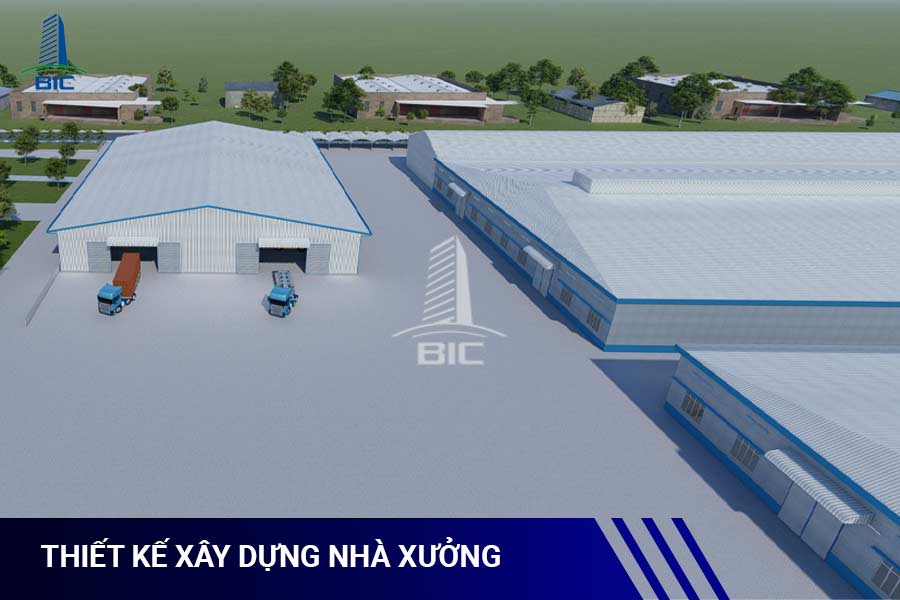
All industrial factory projects must comply with national technical regulations (QCVN) and Vietnamese standards (TCVN) related to construction. These include regulations on structural design, foundations, steel structures, and reinforced concrete. Strict adherence ensures the facility meets legal requirements for safety and quality.
Industrial factory designs must meet fire safety (PCCC) and environmental protection standards. Design documentation must comply with current regulations; otherwise, the project may face permit delays, legal risks, or even cancellation. Investors should ensure that the design includes fire detection and suppression systems, emergency exits, and proper wastewater and exhaust treatment systems.
Depending on the manufacturing sector, additional quality standards may apply. For example:
- Food factories must comply with HACCP, GMP, and ISO 22000 standards on food hygiene and safety.
- Pharmaceutical factories must meet GSP/GMP standards.
- Chemical plants must follow chemical safety standards.
Integrating these requirements into the design ensures the facility meets operational needs for its specific industry.
Many investors implement ISO 9001 quality management systems for their construction projects. A robust QMS establishes consistent quality control processes from design and procurement to construction, supports proper documentation, traceability of materials, and facilitates handling of quality issues if they arise.
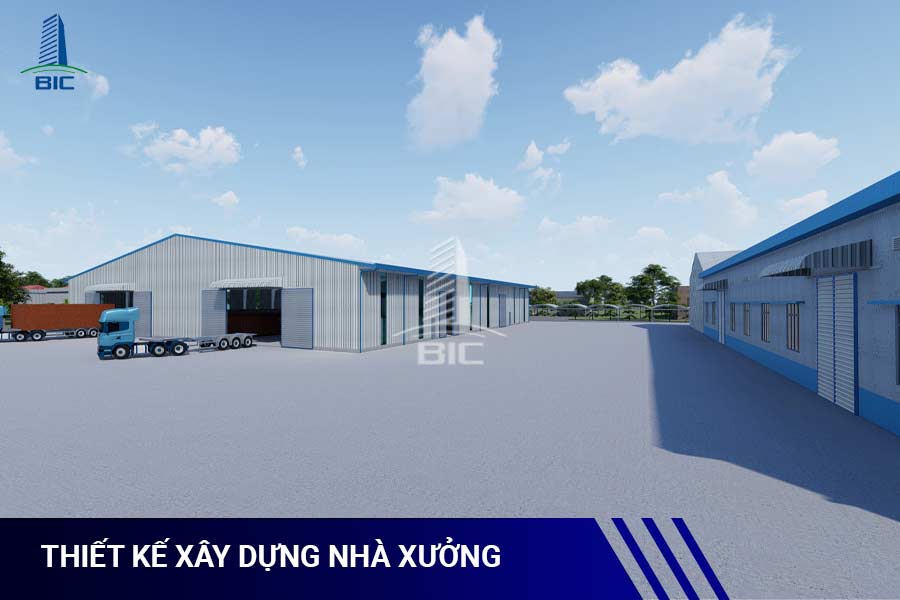
At the project outset, a quality management plan should be developed. This plan defines applicable standards, inspection and acceptance procedures, and assigns responsibilities among all stakeholders (investor, design consultant, supervision consultant, contractor).
Before construction begins, the investor should conduct a thorough design review (or hire an independent reviewer) to check technical drawings for compliance with industrial factory standards, safety, and engineering optimization. Design approval should only proceed once all errors or deficiencies have been corrected.
Material and workforce management is crucial. Contractors must supply materials of the correct type and standard, supported by factory certificates and test results. Construction workers should be properly trained and certified in occupational safety. Verifying materials and workmanship early helps prevent quality issues downstream.
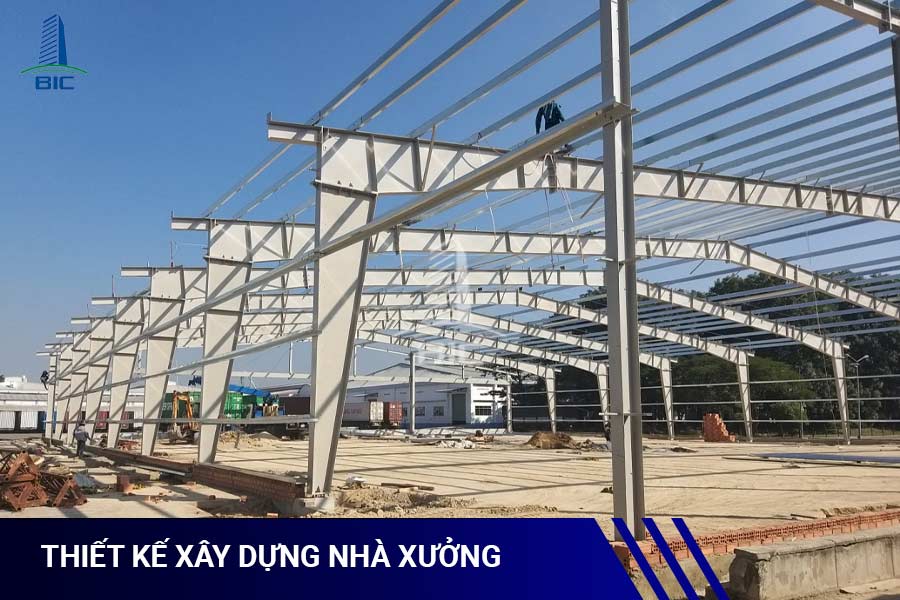
Continuous on-site supervision is essential during construction. Supervising engineers (appointed by the investor or independent consultants) must ensure the contractor adheres to approved designs, technical procedures, and safety measures. Any nonconformities must be identified and corrected promptly.
Factory construction projects typically consist of several stages (foundations, structural frames, finishing works, installation of technical systems, etc.). After completing each major stage, internal inspections should be conducted between the contractor and the supervision team, followed by inspections with the investor. Only when a stage meets quality requirements should the project proceed.
Upon project completion, a comprehensive final inspection is conducted with all relevant parties (contractors, consultants, and regulatory authorities if required). All components from structure and architecture to electrical, plumbing, and fire systems are thoroughly checked. If all standards are met, the final acceptance report is signed and the project is handed over for operation, accompanied by complete as-built documentation.
Maintaining as-built records and carrying out maintenance are integral parts of quality management. As-built documents include final drawings, inspection records, and test results, which verify that the facility was built according to design and standards. Investors must track warranty periods and establish a regular maintenance plan (e.g., repainting steel structures, inspecting machinery and equipment) to maintain quality throughout the building’s lifecycle.
Note: Vietnamese law, such as Decree No. 06/2021/NĐ-CP, provides detailed guidance on construction quality management, outlining a 12-step process from site preparation and material control to construction supervision, inspection, and handover. Investors should be familiar with these regulations to ensure legal compliance.
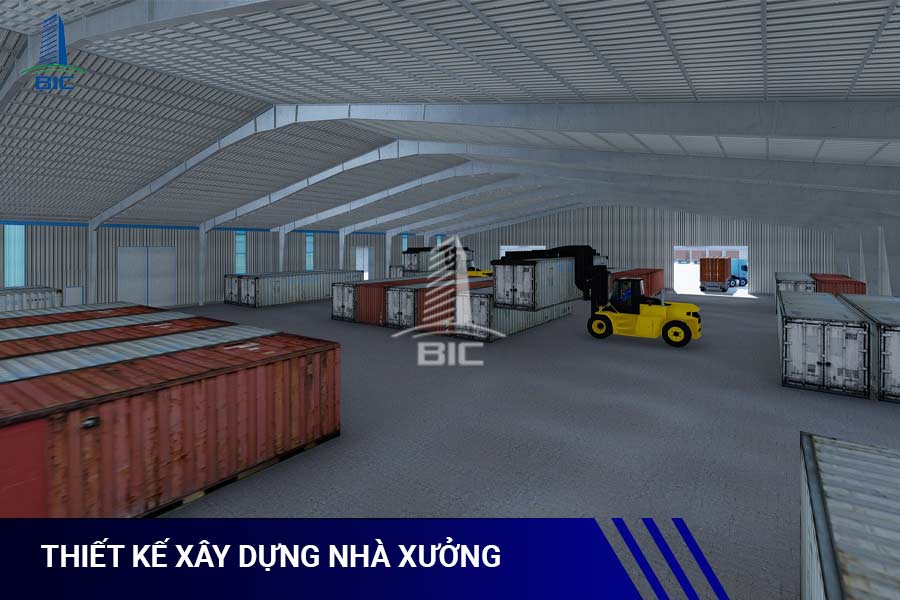
Designing a factory without fully understanding the production process often leads to inefficient layouts, overlapping pathways, and poorly optimized spaces. This reduces productivity and increases costs, sometimes requiring costly redesigns post-construction.
Solution: Investors must provide designers with detailed production line information and machinery layouts. A well-planned one-way flow layout with clearly defined zones (production, storage, office) will prevent these issues.
Neglecting PCCC and environmental standards is a frequent design flaw. Missing fire exits, detection and suppression systems, or inadequate waste treatment and ventilation can cause permit rejection, project delays, operational risks, and severe legal consequences.
Solution: Require full compliance with QCVN and TCVN standards from the start. Engage fire safety experts early and obtain fire safety approvals during the design stage. Never approve designs lacking mandatory safety systems.
Factories without proper ventilation and natural lighting become hot and stuffy in summer or too dark without artificial lighting, reducing productivity and harming worker health.
Solution: Architects must study site wind and sun orientation. The design should include sufficient windows, vents, and skylights to maximize natural airflow and lighting. Mechanical ventilation systems (fans, coolers, or air conditioners) should also be properly sized.
Many factory designs only meet current needs, overlooking future expansion or changes. Insufficient load capacity, lack of space for new buildings, or rigid layouts make future upgrades costly and complicated.
Solution: Discuss long-term business plans with designers. Structural design should account for future load increases, leave space for expansion, or adopt modular layouts to allow easy upgrades later.
Hiring a design firm without relevant industrial experience can result in substandard designs. For instance, residential architects may miss critical factory requirements such as GMP/HACCP standards for food facilities or crane load capacities for mechanical workshops.
Solution: Thoroughly evaluate design firms before signing contracts. Choose companies with proven experience in similar projects and industry knowledge. Investing in a competent design partner ensures a high-quality project foundation.
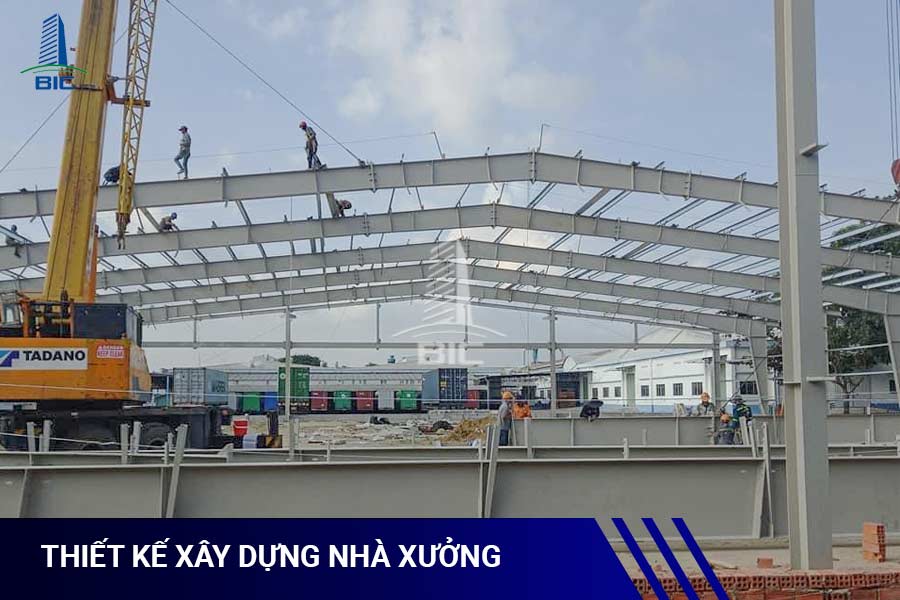
Use modern tools like Building Information Modeling (BIM) for design and construction management. BIM helps detect design conflicts early, control quantities, and manage schedules more accurately. Project management software and mobile apps also allow real-time site updates, improving quality oversight.
Investors should require and support training for all project participants on quality management, safety, and new techniques. When engineers and workers understand procedures and the importance of quality, they will be more proactive in following standards. Building a “Right First Time” culture minimizes rework and errors.
In addition to the investor’s supervision team, hiring independent quality inspection agencies to check critical components (e.g., steel structure welds, concrete testing, electrical safety) can add objectivity. Regular inspections during construction and before acceptance improve project reliability.
Design or construction changes are inevitable. Each change must be carefully assessed for its impact on quality. Investors should require contractors to submit change proposals with risk assessments and only approve those that do not compromise quality.
Quality management extends beyond construction. Investors should plan regular maintenance for machinery, structures, fire safety systems, and more. Continuous feedback from factory operations should guide improvements. This approach preserves the facility’s design performance and extends its lifespan.
Quality management in industrial factory design and construction is a continuous, comprehensive process requiring strong commitment from the investor. From design to construction and operation, quality must always be the top priority to ensure a safe, durable, and efficient facility.
Investing time and resources into quality management from the very beginning helps avoid common mistakes, reduce risks, and save costs in the long run. Always comply with technical standards and legal regulations, select capable and experienced partners, and cultivate a project culture that values quality and safety over speed.
With the knowledge and strategies shared by BIC, we hope investors in Vietnam will successfully apply them to their factory projects, ensuring every facility is a worthy investment in both quality and long-term value.